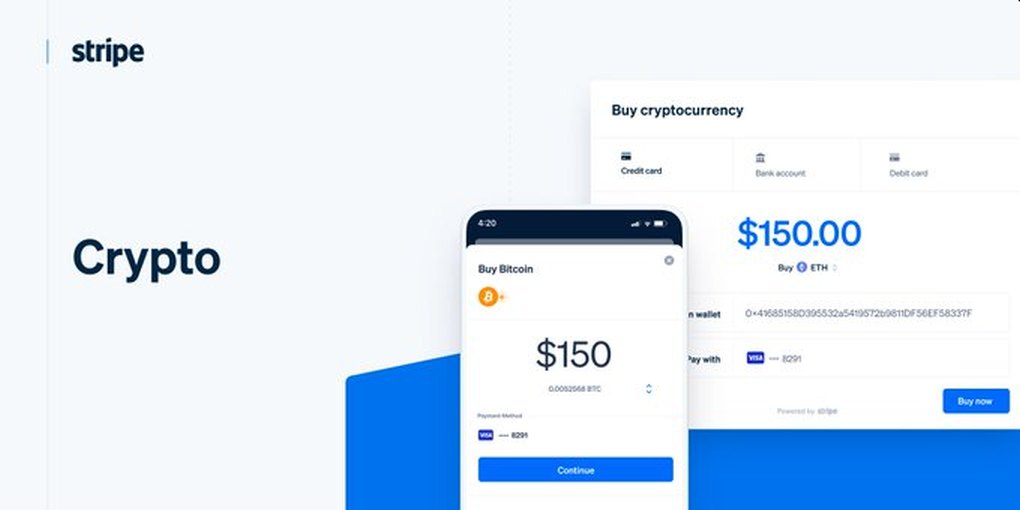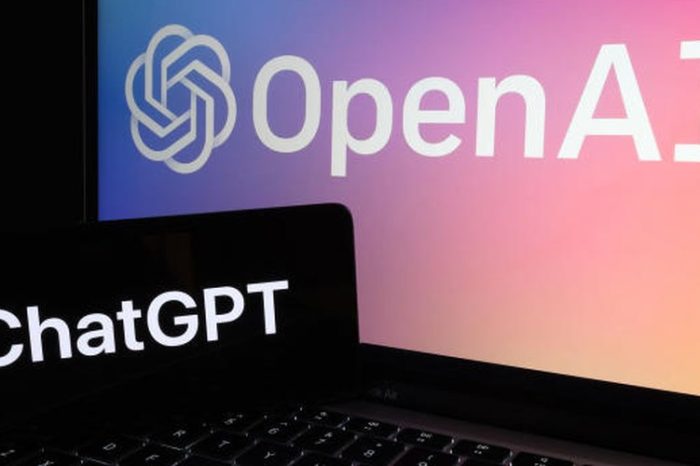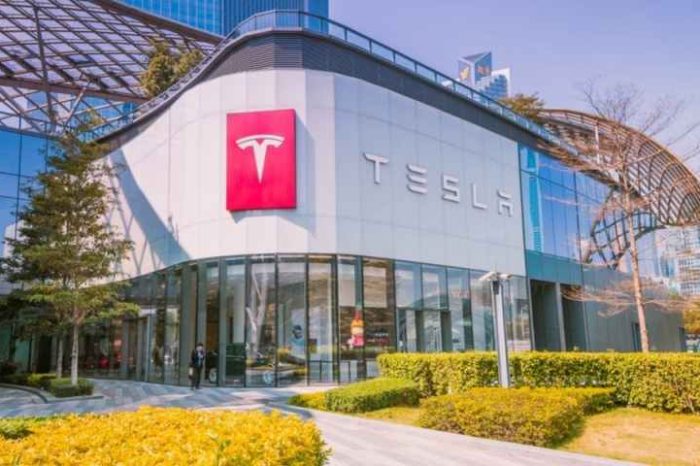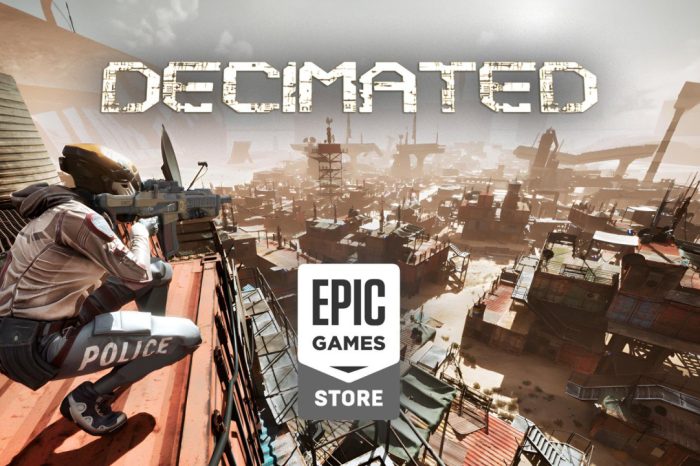
Fintech startup Stripe is getting back into cryptocurrency after a six-year break. But this time, they’re focusing on stability. Instead of the wild fluctuations of Bitcoin, the fintech giant is turning to USDC a stablecoin tied to the US dollar, starting this summer.
In a post on X (formerly Twitter), Stripe co-founder John Collison said, “Stripe now supports crypto businesses: exchanges, on-ramps, wallets, and NFT marketplaces. Not just pay-ins but payouts, KYC (Know Your Customer) and identity verification, fraud prevention, and lots more.”
Stripe now supports crypto businesses: exchanges, on-ramps, wallets, and NFT marketplaces. Not just pay-ins but payouts, KYC and identity verification, fraud prevention, and lots more. https://t.co/3X173SkdPd
— John Collison (@collision) March 10, 2022
What’s also cool is that customers will be able to use USDC on a few different blockchains, like Solana, Ethereum, and Polygon. This could mean quicker transactions compared to the regular Ethereum network, giving people more flexibility. Users can purchase over 135 cryptocurrencies using traditional fiat currencies in 180 countries, according to Stripe’s support page.

This shift is a big deal for Stripe, especially since the startup stepped away from Bitcoin back in 2018 due to its unpredictable price swings. With USDC, they’re aiming to give businesses a more dependable option for taking crypto payments.
By supporting USDC across various blockchains, Stripe is showing they’re serious about making crypto payments work smoothly for everyone involved.
And this move isn’t just big for Stripe—it’s good news for the whole cryptocurrency world. Having a major player like them jump back in could encourage more businesses and people to use cryptocurrencies for buying stuff online. It’s all about opening up new possibilities for both buyers and sellers.
Stripe was founded in 2010 by two Irish brothers Patrick Collison and John Collison to compete directly with PayPal, Adyen, and Square. The Stripe software platform allows businesses to accept online payments. Today, Stripe is now one of the most valuable fintech startups in the world. Patrick and John Collison, who are 32 and 30 respectively, are each worth over $11 billion.











